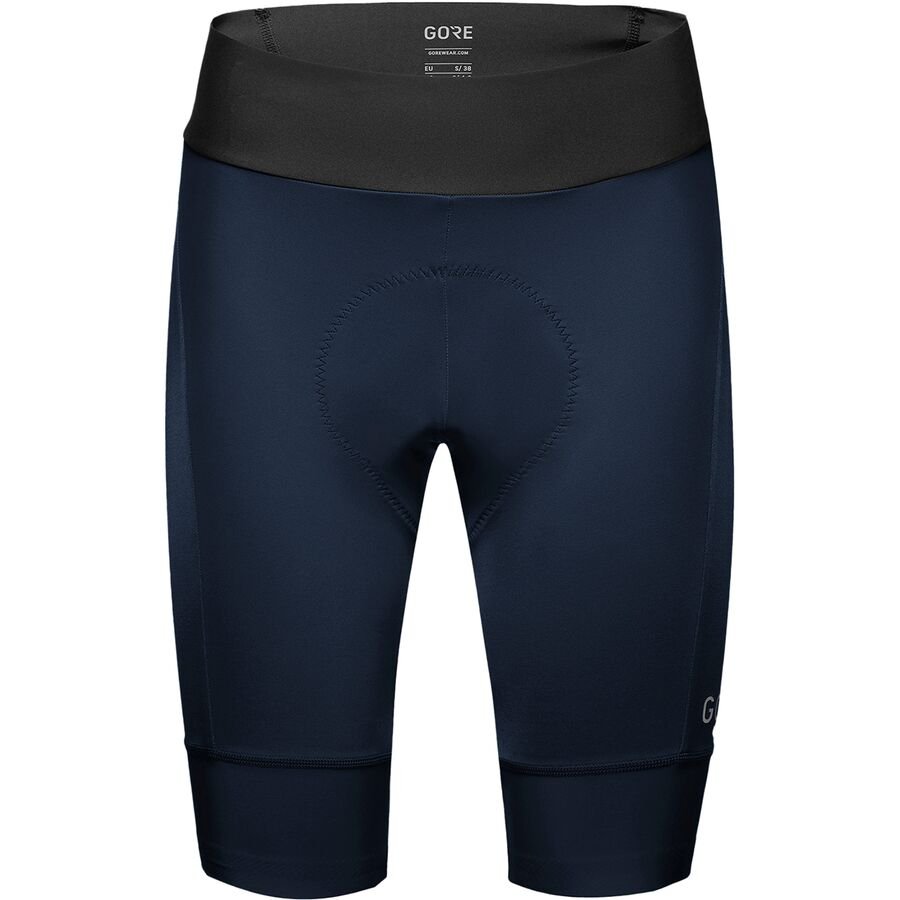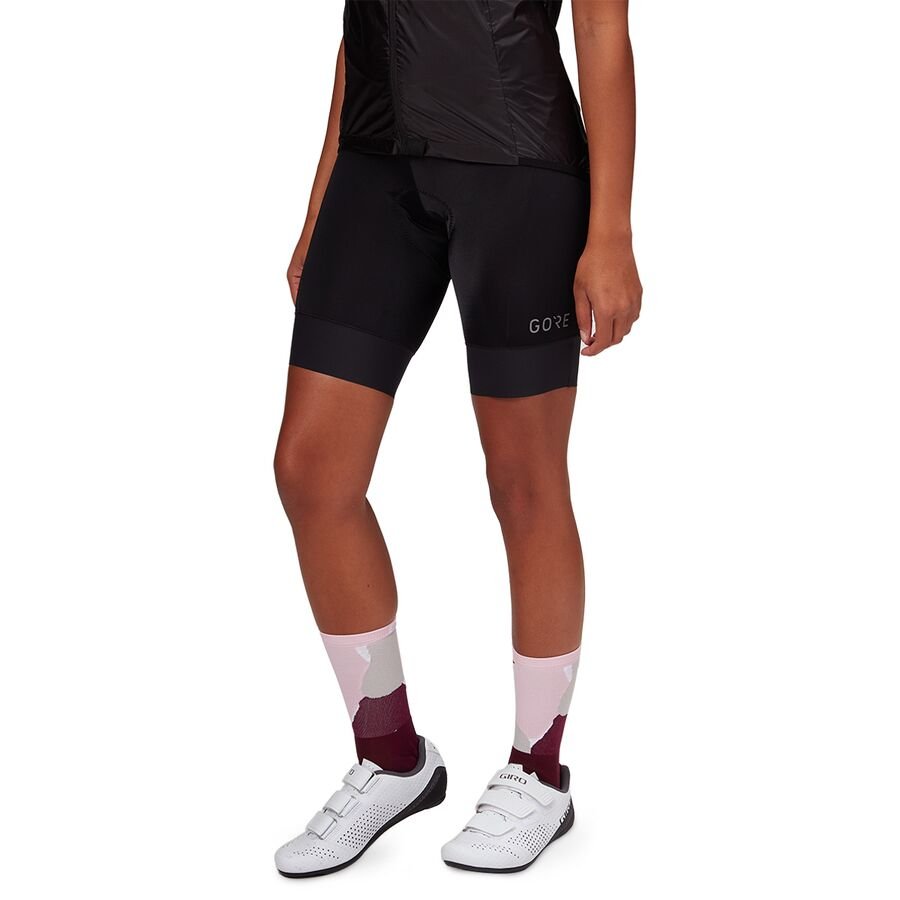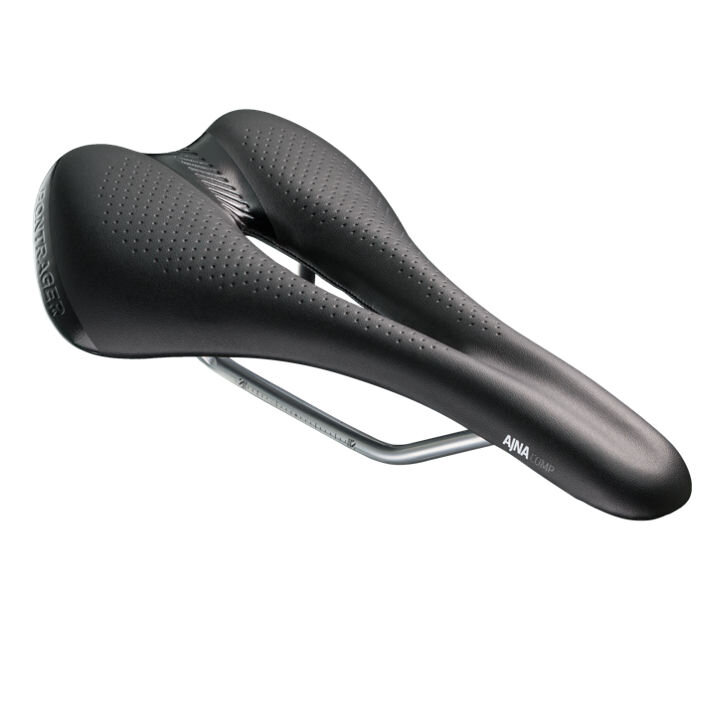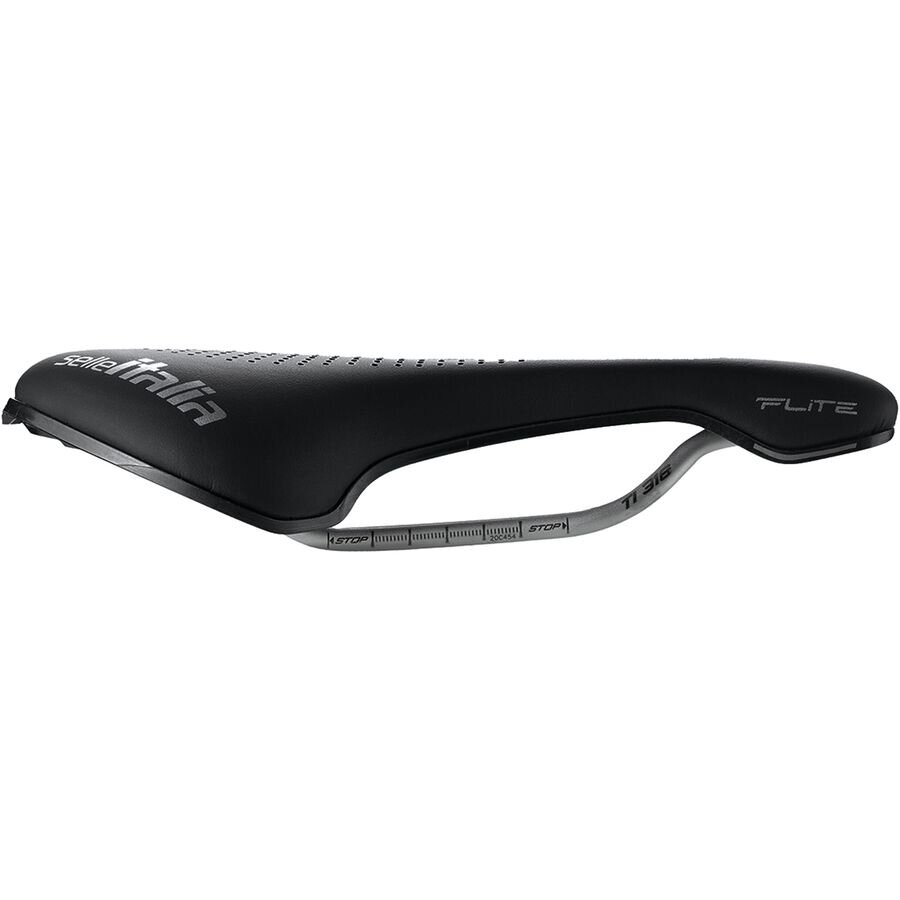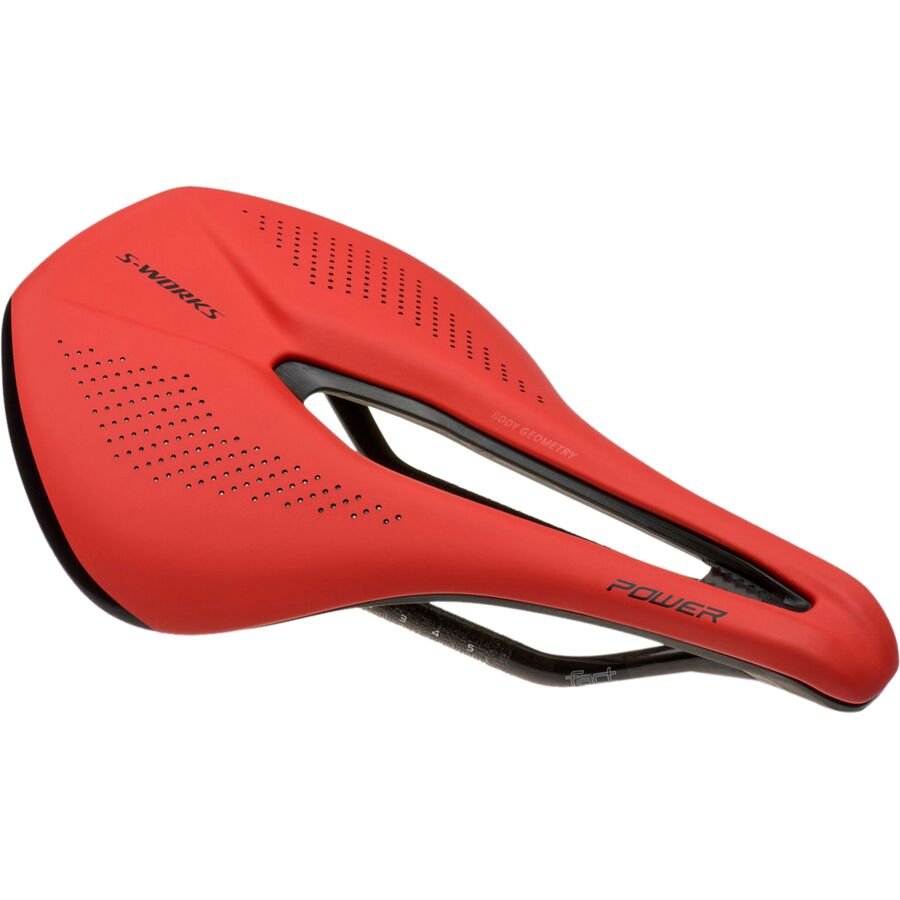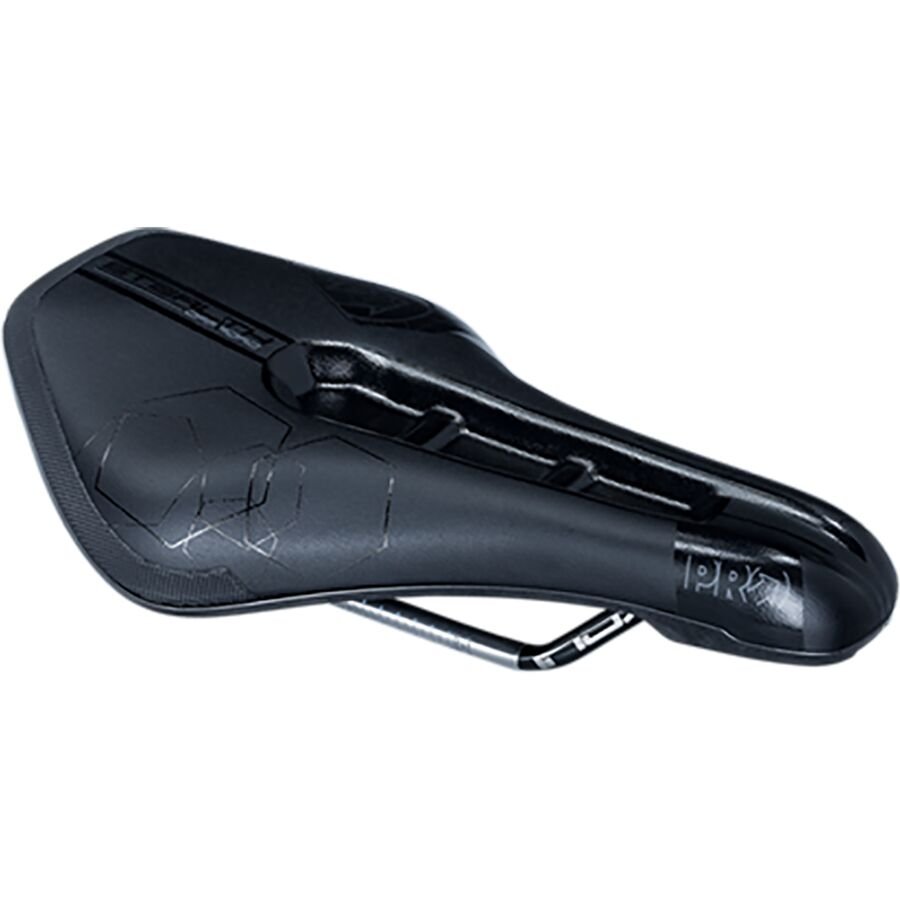Saddle pain, sit-bone pain, tailbone pain, or soft-tissue pain: we’ve all been there. Posterior pain is not only uncomfortable, but can be discouraging and take the fun out of riding. While it’s normal to experience some soreness when you’re breaking in a new saddle (or your rear end in April), saddle pain shouldn’t be your constant companion on the trail.
Saddle pain can also cause riders to shift on their saddles and ride with incorrect posture or body position, potentially leading to additional pain or injuries and diminished efficiency on the trail. Below, we discuss several tips for alleviating undercarriage distress associated with mountain biking.
Keep in mind that there isn’t a one-size-fits-all solution to saddle pain. Adjustments that help one rider may exacerbate pain for another. Mountain bikers have varying body builds, sit-bone widths, anatomy, and riding styles. You may have to try several different tips until you find what works for you. Don’t give up!
Bike Adjustments
Often saddle pain can be eliminated with some minor adjustments to your bike setup. Dialing in your seat and handlebar position can make a big difference to your comfort. Many shops offer professional fittings, and some orthopedic centers provide bike-fit assessments to physical-therapy patients with bike-related injuries. Here are some tips to get you started:
Make sure your seat height is appropriate. A seat that is too high or low can cause pressure sores or chaffing. If your seat is too high you may be rocking side to side when pedaling.
What is the angle or tilt of your current seat? You typically want your seat to be level or slightly tilted. Many riders with soft-tissue pain instinctively tilt their seat downward, but it may cause you to slide forward on your saddle while you ride. If your seat is tilted downward and you are still experiencing pain, try leveling your seat. Experiment until you find a saddle tilt that feels great!
The fore/aft position of your seat may be putting you in an ergonomically unfavorable position. In general, your saddle should be as far forward as possible without letting your kneecap move in front of the ball of your foot when you pedal. A saddle that is too far back will not only result in lost efficiency, but can also result in poor weight distribution and pressure along your perineum.
You may need to adjust your handlebar height. Your preferred position may depend on your riding style, but a slightly higher handlebar can be more comfortable by putting you in a more upright position and redistributing the weight on your sit bones and soft tissues.
Chamois Pads or Chamois Free?!
Chamois pads help with rubbing and chafing, as well as provide cushion to decrease pressure and impact vibrations. Many riders report improvements in saddle pain from simply wearing the right chamois or padded shorts; however, not all chamois pads are created equally. They come in different shapes, padding type (gel or foam), thicknesses, materials, and breathability. A good chamois will provide cushion, move with your skin, and be moisture wicking. Mons Royal makes a merino-wool women’s chamois pad that is popular. Buying a chamois pad that supports your specific anatomy and riding style will likely involve some trial and error. Here are some tips:
Quality chamois pads may come with a higher price tag, but are often worth the investment. Generally gel pads are more expensive than foam pads, but they are thinner, firmer, and last longer.
Softer or thicker padding is not always better. (This same principle applies to saddles). Thick or bulky padding can sometimes result in more pressure or friction on soft tissues. In general, a thin, moisture-wicking foam or gel chamois is sufficient for shorter rides. Pick a shaped, dual-density foam or gel chamois for moderate-length rides (dual-density pads place more cushion toward the center). Once you start riding longer and further (more than 15 or 20 miles per week), it is worth it to invest in a nice pair of shorts with a gel chamois. Foam compresses more easily than gel, and will lose its cushion faster.
Your chamois pad should align with your sit bones. If possible, try on your chamois and sit on a bike in riding position to get a feel for whether the padding is in the right place.
Poorly placed seams in chamois pads can cause chafing.
It’s very important that your chamois fit well, as pockets or folds can create additional friction and worsen problems they were meant to solve. Your chamois should be snug, but not too tight.
Women come in all shapes and sizes, and not all women prefer women-specific chamois. Don’t be afraid to venture into the men’s section.
Some riders prefer to wear extremely thin chamois pads or to ride without a chamois. Many riders (including half of our coaches) report that going chamois free eliminated or decreased their saddle pain. For some, padding causes more issues. As always, find what works for you!
We recommend against wearing underwear beneath a chamois since they undermine the technology of the chamois. They can also cause more chafing, irritation and discomfort. However, if you choose to wear underwear (for example, during your period) we recommend seamless and breathable underwear to help reduce potential chafing or sores.
Remove your chamois as soon as possible after your ride. Sweat and moisture can worsen chafing and saddle sores, and can promote an ideal ecosystem for urinary-tract and/or yeast infections. If you have a long ride home, bring some after-ride wipes and change into clean clothes before leaving the trailhead.
Here Are a Couple of Our Favorite Chamois
If you are looking for high quality and fun colored chammies in a variety of lengths, we highly recommend Wild Rye.
Chamois Cream
Chamois creams can reduce chafing and saddle sores by creating a barrier between your skin and your chamois or shorts. They are relatively inexpensive, and come in women-specific varieties. Chamois creams get mixed reviews from mountain bikers, however. Some riders report that creams create too much sliding movement in the saddle, while others claim that chamois cream is a game changer and use it religiously on every ride. Some popular women-specific creams are Chamois Butt’r Her and Assos.
Chamois creams can be applied to your inner thighs, the crease where your thighs meet your buttocks, each side of your perineum, and on the outside of your labia. These creams are external-use only, and should not be applied internally or to inner labia (especially if your cream contains menthol!).
Saddle
If your pain is not going away and you have tried the options discussed above, it is probably time for a professional bike fitting or saddle fitting to assess the overall fit of your bike and/or determine the best saddle for you. Visit your local bike shop and see if they offer professional fittings or saddle-specific fittings.
Things to keep in mind:
Softer saddles are not always better. A saddle that is too soft can cause you to sink too far into the seat and can worsen chafing, as well as put increased pressure on soft tissues and nerves.
Cut-out saddles decrease perineum pressure by reducing or eliminating center materials. However, some riders find that cut-out saddles place additional pressure on the edges of their perineum and prefer to ride on a seat with no accommodation. The effectiveness of perineum center cutouts depends on your riding position and anatomy, and may benefit women with women with “outies”—external genital tissue that is more exposed and therefore has more contact area with the saddle— more than those with “innies” — external genital soft tissue that is more enclosed and drawn up internally. Women who ride with a more aggressive forward posture may prefer a cut-out saddle.
Women-specific saddles are generally wider in order to accommodate wider sit bones. If you have narrow hips, a women-specific saddle may not work as well for you. Many bike shops have cushion tools to measure your sit-bone width to help you determine saddle size.
Saddles designed for mountain biking are generally wider and more cushioned; however, many mountain riders prefer the more minimalist designs of road saddles.
As you start to explore new saddles, utilize bike shops that have demo options or flexible return policies. It is not uncommon to try several different saddles before finding the right fit. You don’t really know until you try!
Women in the Mountains Community Saddle Recommendations
We asked our Women in the Mountains community what bike saddles they have tried and found success with. Here were the most recommended saddles. Saddle preference is highly personal, so explore these options while keeping your individual needs in mind!
How to Handle Saddle Sores
Saddle sores are pimple-like, raised areas of irritated skin caused by pressure or rubbing. Keep sores and affected areas as clean and dry as possible. You may have to take a day or two off the bike to allow for some healing. Use an antibiotic ointment to help keep your sores from getting infected. Using products like vaseline, Aquafor, and zinc oxide (diaper rash cream!) can help soothe irritated skin.
Necessary Saddle Pains
Not all saddle pain is indicative of a problem—some aches and pains are inevitable, especially if you haven’t been on a bike for a few months or years (nearly every rider has experienced the dreaded beginning-of-season tail soreness). Before investing too much, give yourself a few rides to develop calluses and build core strength. Bodies need time to adjust to sitting in the saddle and will get stronger over time. However, if you’ve been riding a while and your pain isn’t improving, get to work. Pain-free tails lead to happier trails!
The Mountain Bike Mastery Course is where we take your mountain bike skills to the next level and way beyond. Join from anywhere in the world for the most in-depth, personalized coaching possible. Make some magic on your bike with Coach Erica Tingey supporting you every pedal stroke of the way.

